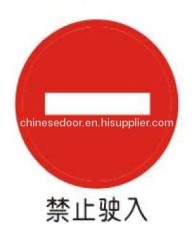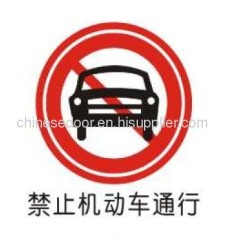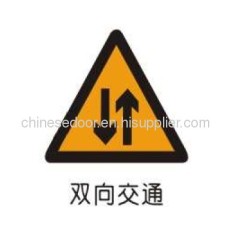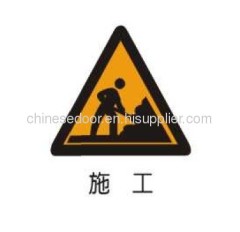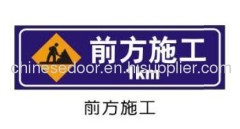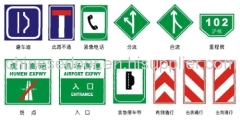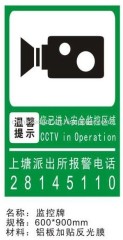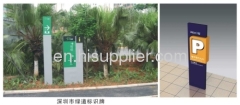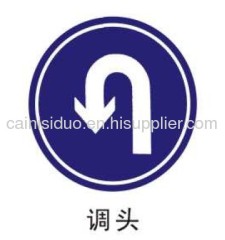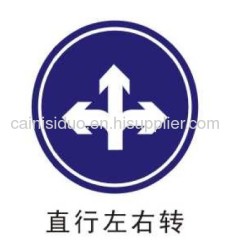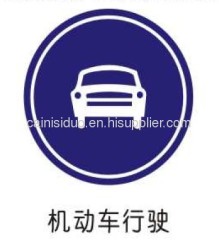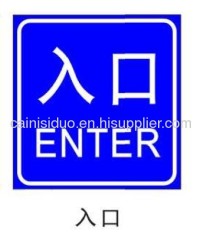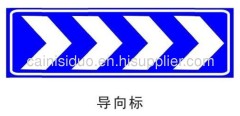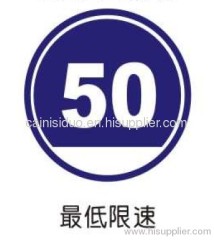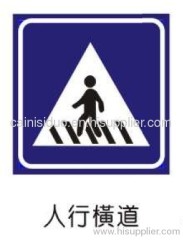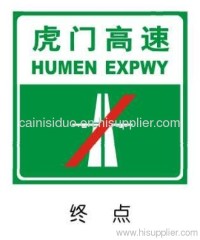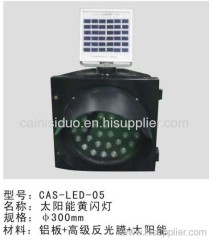
|
Foshan Chinese Door Industry Co.,Ltd
|
Gold Index: 45343
traffic road signage
| Price: | 1.0~50.0 USD |
| Payment Terms: | T/T,L/C,D/A,D/P,WU;cash |
| Place of Origin: | Guangdong, China (Mainland) |
|
|
|
| Add to My Favorites | |
| HiSupplier Escrow |
Product Detail
Model No.:
Non-motor Vehicle Lane Sign...
Production Capacity:
10000PCS\Month
Delivery Date:
12 days or depends on the o...
Specification:
600mm/800mm/1000mm/1200mm
Price:
Negotiable
Means of Transport:
Ocean,Land,Air;delivery
Packing:
Plastic film or as requirem...
Brand Name:
CHINESE DOOR
Function:
Indication & signs
Applicable:
Traffic,road,freeway,highwa...
1.Modernization&understanding&convenient&clearly.
2.Weather-resistant.Favourable price&installation convenient.
3.Better&advanced design&quality.
Traffic road signage non-motor vehicle lane informative signs
Signage materials: National aluminum plate attached engineering level tapetum lucidum.
Specification: 600mm\ 800mm \ 1000mm \ 1200mm.
Product features:
1. Laser incision, punch stamping mould forming, hydraulic pressure machinery crimping, high-strength, more aesthetical.
2. Applicable Traffic,road,freeway,highway,street,pavement,parking lot,lane,cross,bridge,road construction,channel,driveway,expressway,etc use will be more safe.
3.Adopt aluminum plate fabrication, better&advanced anti-corrosion function.
4.Tapetum lucidum pasted on the concave surface of the signage. More convenient for installation & transportation.
Signage materials: National aluminum plate attached engineering level tapetum lucidum.
Specification: 600mm\ 800mm \ 1000mm \ 1200mm.
Product features:
1. Laser incision, punch stamping mould forming, hydraulic pressure machinery crimping, high-strength, more aesthetical.
2. Applicable Traffic,road,freeway,highway,street,pavement,parking lot,lane,cross,bridge,road construction,channel,driveway,expressway,etc use will be more safe.
3.Adopt aluminum plate fabrication, better&advanced anti-corrosion function.
4.Tapetum lucidum pasted on the concave surface of the signage. More convenient for installation & transportation.
Traffic road signage non-motor vehicle lane informative signs is suitable for freeway,expressway,lane,parking lot,road, way, street, highway, railway,corner,roadway,pavement,footpath,parking zone,etc public place use, for showing correct guidance instruction.

Direction signs are the oldest type of road sign; Plutarch writes about milestones being placed in the 3rd century BC,while some fingerposts in the United Kingdom date back to at least the 1690s.However, it was not until the invention of the motor car at the turn of the 20th century that modern direction signs, with fewer words and clear design, allowing them to be read at speed, evolved.
The first direction signs were milestones on the Roman road network; finding one's location on the long, straight roads was difficult, and hence, large stones were placed at intervals along the roads, giving the distance in Roman miles to nearby major cities, and usually to the capitals of major provinces. As most Roman roads diverged from Rome, one of the numbers was usually the distance to the Milliarium Aureum, a large golden milestone in the centre of Rome, although sometimes other stones, such as the London Stone, were used in places where measuring distances from Rome was impossible or not useful.
Traffic road signage non-motor vehicle lane informative signs
Traffic road signage non-motor vehicle lane informative signs

Didn't find what you're looking for?
Post Buying Lead or contact
HiSupplier Customer Service Center
for help!
Related Search
Road Traffic
Road Traffic Signs
Traffic Road Barrier
Road Traffic Cone
Traffic Road Safety
Digital Signage
More>>
Find more related products in following catalogs on Hisupplier.com

Company Info
Foshan Chinese Door Industry Co.,Ltd [China (Mainland)]
Business Type:Manufacturer, Trading Company
City: Foshan
Province/State: Guangdong
Country/Region: China (Mainland)
You May Like:
Product (550)
- Transportation facility (197)
- Telescopic doors (34)
- Electric doors (154)
- Automatic gate (147)
- Automatic barriers (18)















